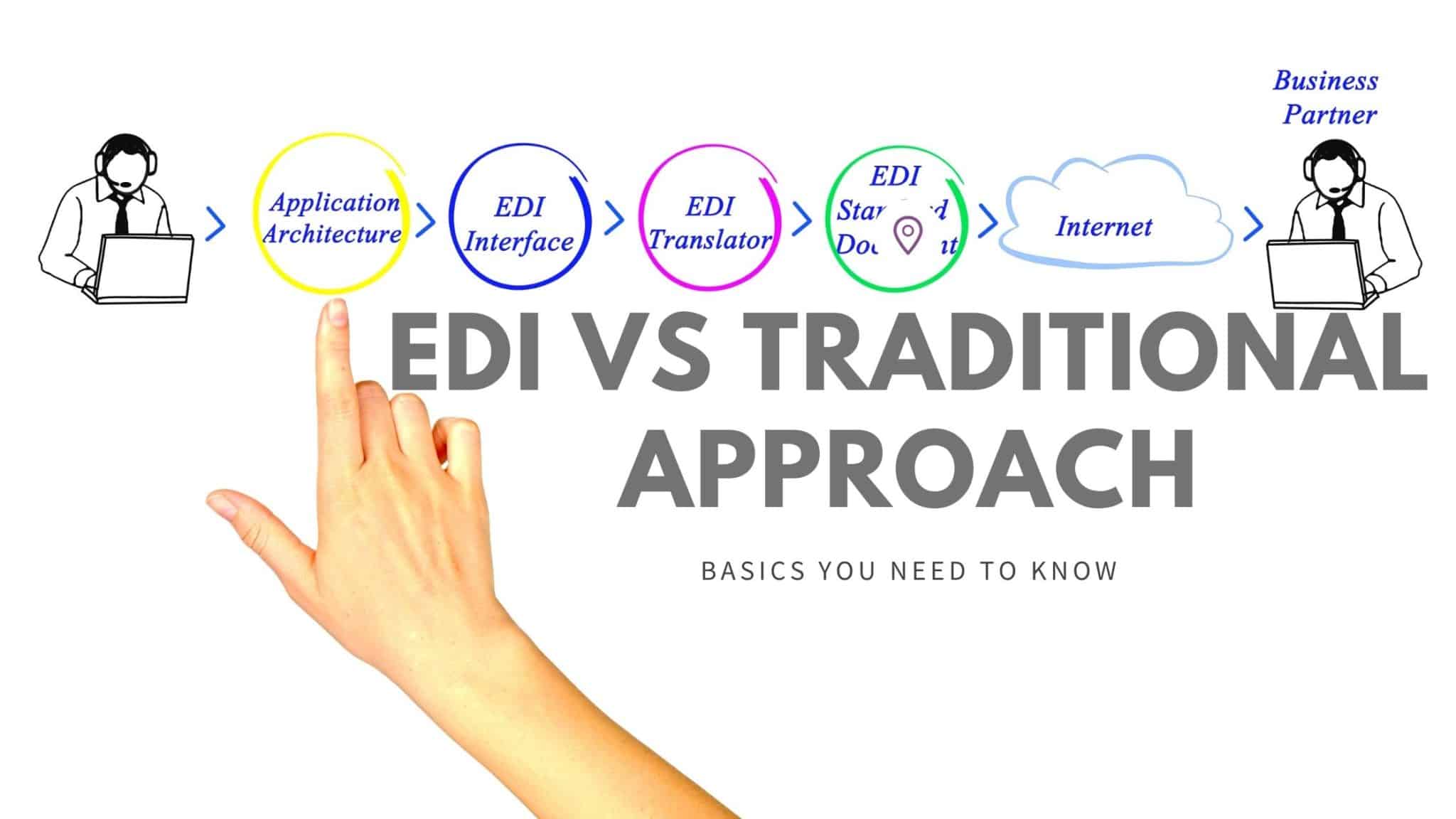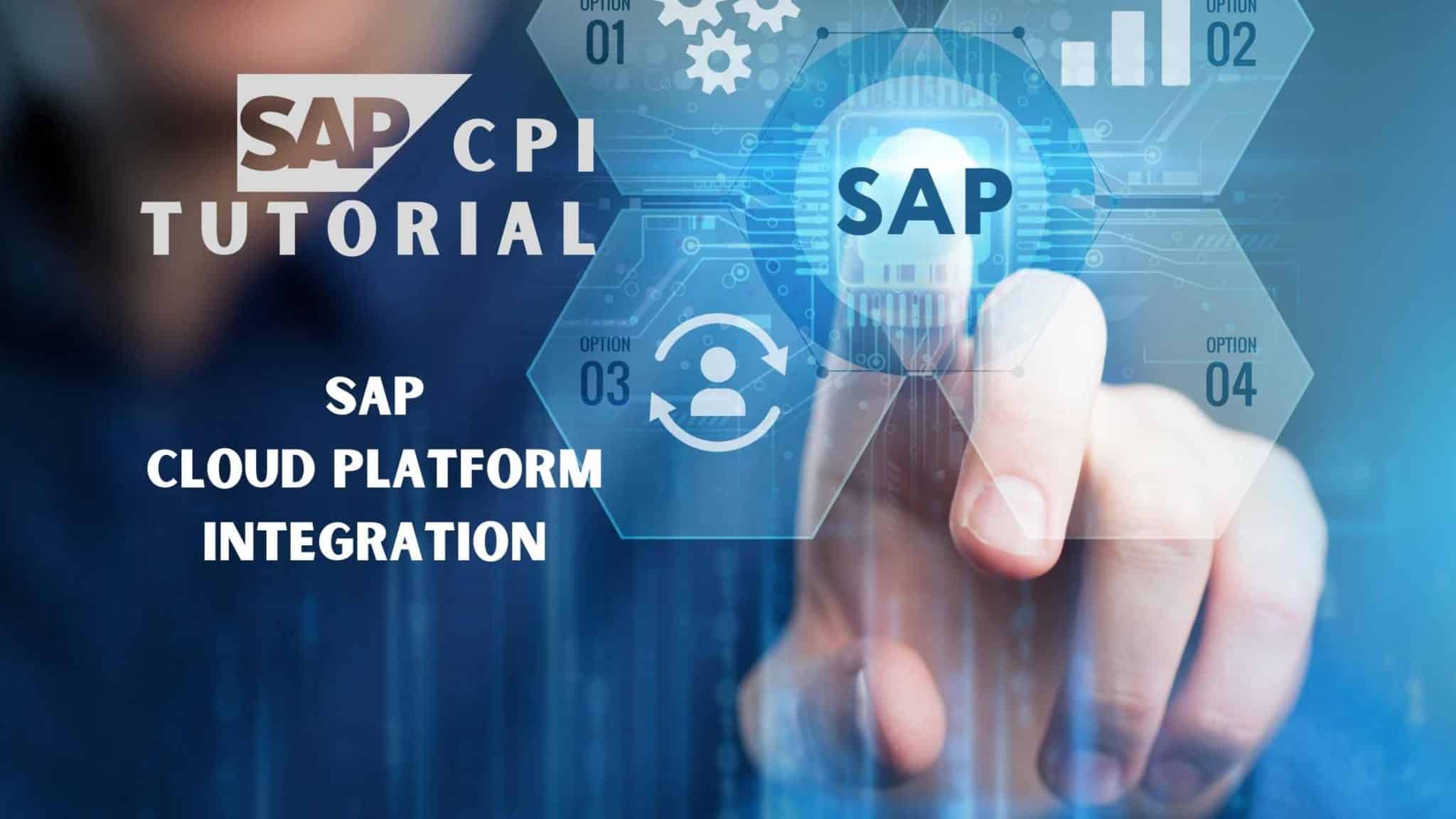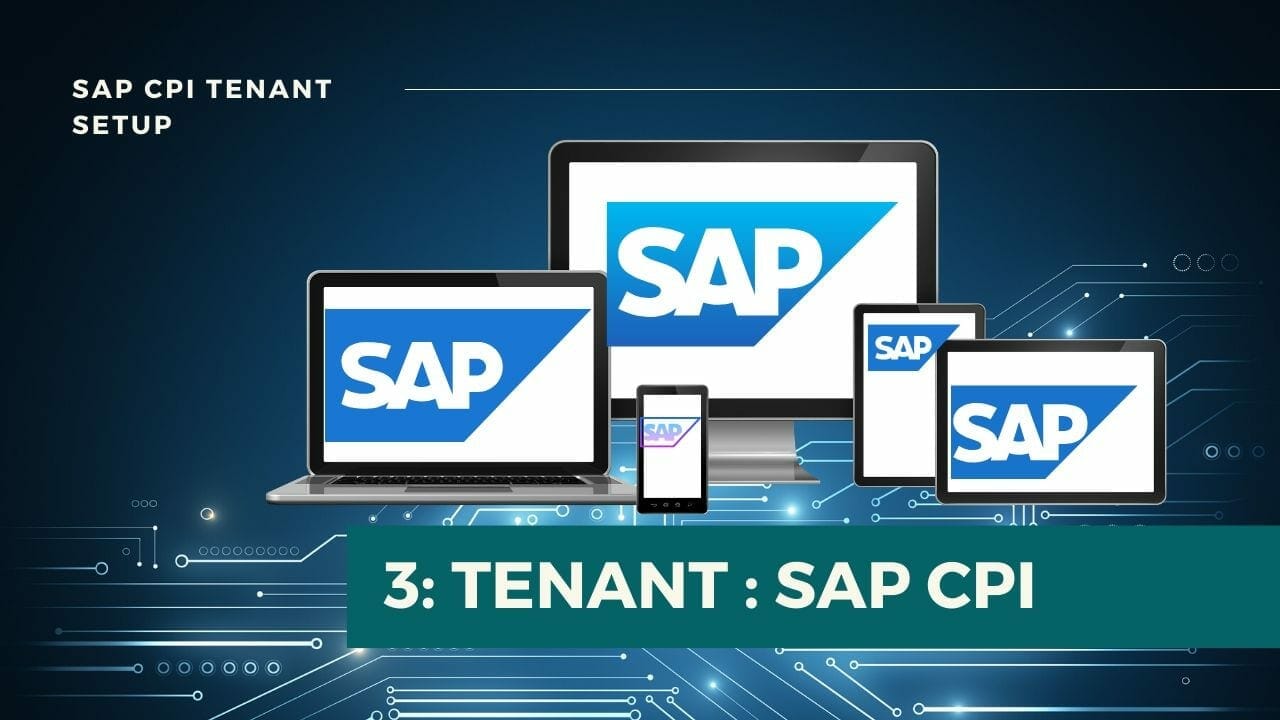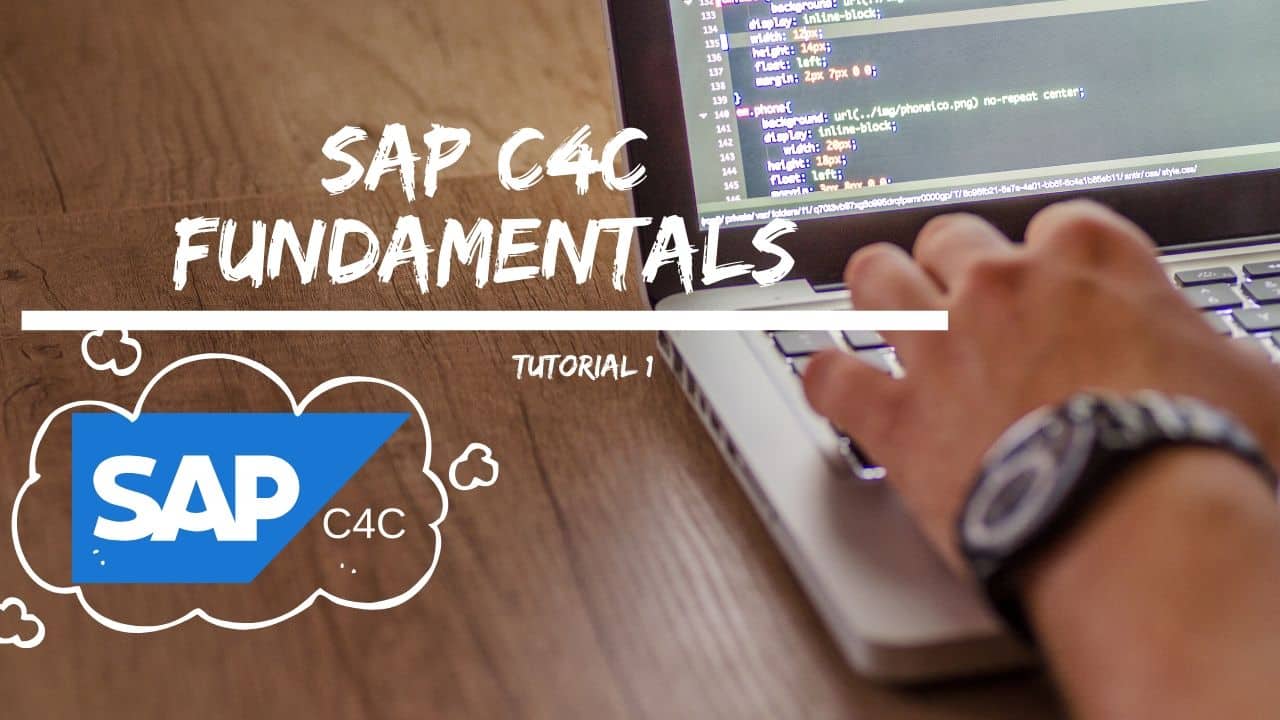
EDI Vs Traditional Approach
What is EDI ?
Electronic Data Interchange ( EDI ) is a method by which business entities ( Trading Partners ) exchange business-related information such as Purchase Orders (EDI 850), Invoices ( 810 ), Payment Confirmation ( 820 ), etc., (which usually were done on Papers earlier ) electronically structured formats with no Human intervention.
Table Of Content
EDI allows automated and integrated flow management with middleware such as SAP PO, Sterling Gentran that converts and transforms data into a language understandable by various communicating systems.
Understanding The Difference
Let’s understand this better with an example.
Consider a business entity A has to Purchase few items from business entity B.
The traditional way of placing an order would be,
--> A prepares list of items to be purchased in his system. --> A prints the prepared order list. --> A mails the Purchase Order to B. --> B receives the Purchase order and enters details into his System. --> B Sends an acknowledgement mail about receipt of the order.

This way of dealing is acceptable for small business units where the number of transactions per day is very less. This is absolutely not feasible for larger business units with millions of transactions happening daily considering the manual efforts involved, errors that could occur due to manual data entry, the confusion arising due to lack of proper communication, and the number of resources required to handle the process.
In EDI, the same process would be as follows.
--> A prepares list of items to be purchased in his system. --> EDI prepares an electronic Version of the Purchase Order. --> A sends the Electronic Purchase Order automatically to B. --> B Receives the Purchase Order and updates the ledger after checking the standards automatically. --> B automatically sends an acknowledgment back to A to confirm the receipt of Purchase Order.

The Advantages
This not only mitigates the cumbersome manual tasks but also makes the process smooth, accurate, and quick. However the initial cost for setting up the EDI systems is high but for a larger business unit, it is a bare minimum.
In case a Business is using EDI, then the Business Partners associated with it also need to upgrade to EDI.
FINAL VERDICT :
In conclusion, I hope you enjoyed reading this article on “EDI Vs Traditional Approach”, If yes, then don’t forget to spread the word about it. Do send the feedback and to know more about it. Signing off Sudarshan@recodehive.com






